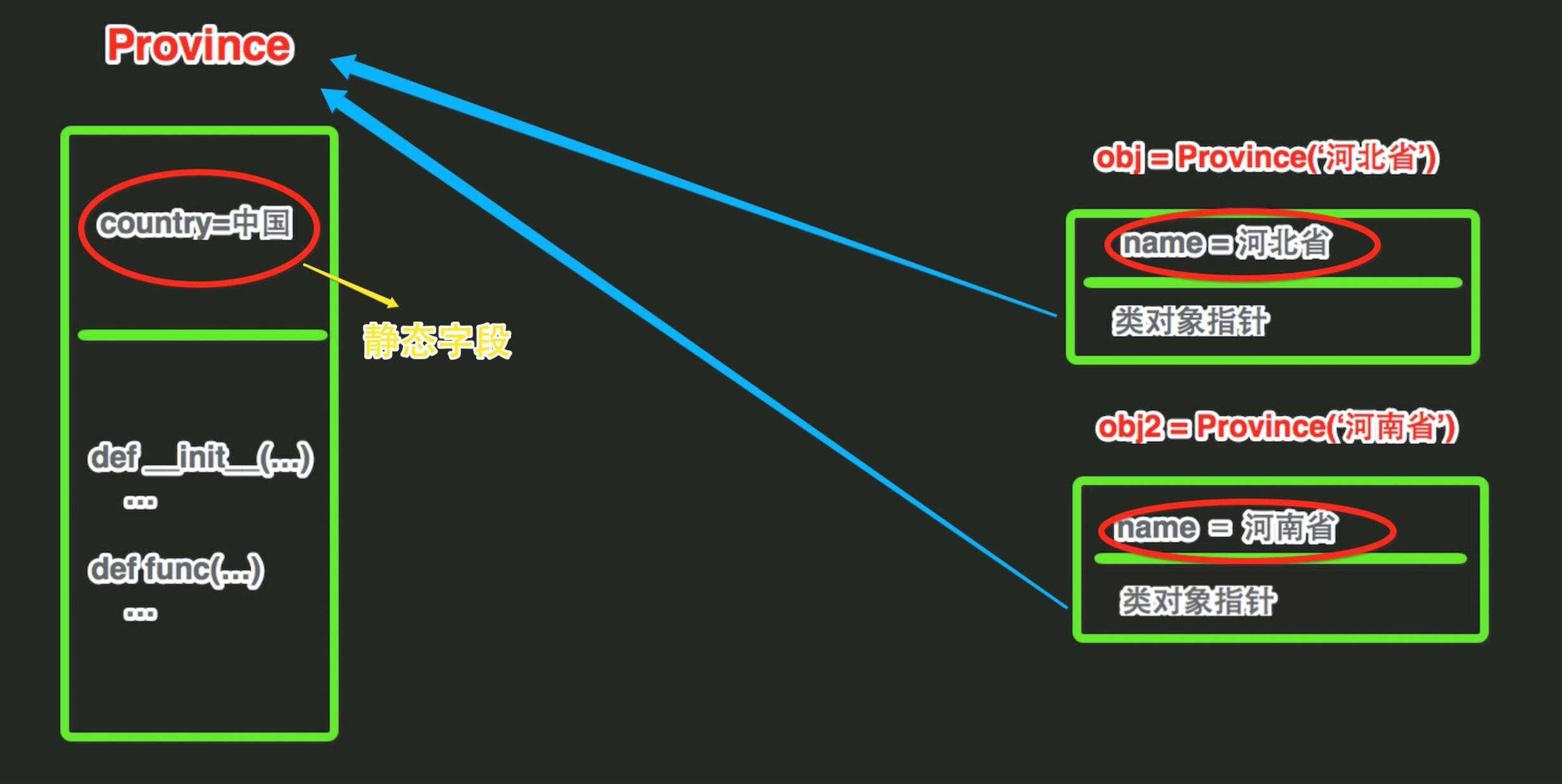python——面向对象相关,,其他相关一、isin
python——面向对象相关,,其他相关一、isin
其他相关
一、isinstance(obj, cls)
检查是否obj是否是类 cls 的对象
| 123456 | class |
二、issubclass(sub, super)
检查sub类是否是 super 类的派生类
| 1234567 | class |
三、异常处理
1、异常基础
在编程过程中为了增加友好性,在程序出现bug时一般不会将错误信息显示给用户,而是现实一个提示的页面,通俗来说就是不让用户看见大黄页!!!
| 1234 | try |
需求:将用户输入的两个数字相加

while True: num1 = raw_input(‘num1:‘) num2 = raw_input(‘num2:‘) try: num1 = int(num1) num2 = int(num2) result = num1 + num2 except Exception, e: print ‘出现异常,信息如下:‘ print eView Code
2、异常种类
python中的异常种类非常多,每个异常专门用于处理某一项异常!!!

AttributeError 试图访问一个对象没有的树形,比如foo.x,但是foo没有属性xIOError 输入/输出异常;基本上是无法打开文件ImportError 无法引入模块或包;基本上是路径问题或名称错误IndentationError 语法错误(的子类) ;代码没有正确对齐IndexError 下标索引超出序列边界,比如当x只有三个元素,却试图访问x[5]KeyError 试图访问字典里不存在的键KeyboardInterrupt Ctrl+C被按下NameError 使用一个还未被赋予对象的变量SyntaxError Python代码非法,代码不能编译(个人认为这是语法错误,写错了)TypeError 传入对象类型与要求的不符合UnboundLocalError 试图访问一个还未被设置的局部变量,基本上是由于另有一个同名的全局变量,导致你以为正在访问它ValueError 传入一个调用者不期望的值,即使值的类型是正确的常用异常

ArithmeticErrorAssertionErrorAttributeErrorBaseExceptionBufferErrorBytesWarningDeprecationWarningEnvironmentErrorEOFErrorExceptionFloatingPointErrorFutureWarningGeneratorExitImportErrorImportWarningIndentationErrorIndexErrorIOErrorKeyboardInterruptKeyErrorLookupErrorMemoryErrorNameErrorNotImplementedErrorOSErrorOverflowErrorPendingDeprecationWarningReferenceErrorRuntimeErrorRuntimeWarningStandardErrorStopIterationSyntaxErrorSyntaxWarningSystemErrorSystemExitTabErrorTypeErrorUnboundLocalErrorUnicodeDecodeErrorUnicodeEncodeErrorUnicodeErrorUnicodeTranslateErrorUnicodeWarningUserWarningValueErrorWarningZeroDivisionError更多异常

dic = ["wupeiqi", ‘alex‘]try: dic[10]except IndexError, e: print e实例:IndexError

dic = {‘k1‘:‘v1‘}try: dic[‘k20‘]except KeyError, e: print e实例:KeyError
s1 = ‘hello‘try: int(s1)except ValueError, e: print eValueError
对于上述实例,异常类只能用来处理指定的异常情况,如果非指定异常则无法处理。
| 1234567 | # 未捕获到异常,程序直接报错 |
所以,写程序时需要考虑到try代码块中可能出现的任意异常,可以这样写:
| 123456789 | s1 |
万能异常 在python的异常中,有一个万能异常:Exception,他可以捕获任意异常,即:
| 12345 | s1 |
接下来你可能要问了,既然有这个万能异常,其他异常是不是就可以忽略了!
答:当然不是,对于特殊处理或提醒的异常需要先定义,最后定义Exception来确保程序正常运行。
| 123456789 | s1 |
3、异常其他结构
| 123456789101112 | try |
4、主动触发异常
| 1234 | try |
5、自定义异常
| 123456789101112 | class |
6、断言
| 12345 | # assert 条件 |
四、反射
python中的反射功能是由以下四个内置函数提供:hasattr、getattr、setattr、delattr,改四个函数分别用于对对象内部执行:检查是否含有某成员、获取成员、设置成员、删除成员。
class Foo(object): def __init__(self): self.name = ‘wupeiqi‘ def func(self): return ‘func‘ obj = Foo() # #### 检查是否含有成员 ####hasattr(obj, ‘name‘)hasattr(obj, ‘func‘) # #### 获取成员 ####getattr(obj, ‘name‘)getattr(obj, ‘func‘) # #### 设置成员 ####setattr(obj, ‘age‘, 18)setattr(obj, ‘show‘, lambda num: num + 1) # #### 删除成员 ####delattr(obj, ‘name‘)delattr(obj, ‘func‘)
详细解析:
当我们要访问一个对象的成员时,应该是这样操作:
| 1234567891011121314 | class |
 那么问题来了?a、上述访问对象成员的 name 和 func 是什么?答:是变量名b、obj.xxx 是什么意思?答:obj.xxx 表示去obj中或类中寻找变量名 xxx,并获取对应内存地址中的内容。c、需求:请使用其他方式获取obj对象中的name变量指向内存中的值 “alex”
那么问题来了?a、上述访问对象成员的 name 和 func 是什么?答:是变量名b、obj.xxx 是什么意思?答:obj.xxx 表示去obj中或类中寻找变量名 xxx,并获取对应内存地址中的内容。c、需求:请使用其他方式获取obj对象中的name变量指向内存中的值 “alex”
class Foo(object): def __init__(self): self.name = ‘alex‘ # 不允许使用 obj.nameobj = Foo()问

class Foo(object): def __init__(self): self.name = ‘alex‘ def func(self): return ‘func‘# 不允许使用 obj.nameobj = Foo()print obj.__dict__[‘name‘]方式一

class Foo(object): def __init__(self): self.name = ‘alex‘ def func(self): return ‘func‘# 不允许使用 obj.nameobj = Foo()print getattr(obj, ‘name‘)方式二
d、比较三种访问方式
obj.nameobj.__dict__[‘name‘]getattr(obj, ‘name‘)答:第一种和其他种比,...
第二种和第三种比,...

#!/usr/bin/env python#coding:utf-8from wsgiref.simple_server import make_serverclass Handler(object): def index(self): return ‘index‘ def news(self): return ‘news‘def RunServer(environ, start_response): start_response(‘200 OK‘, [(‘Content-Type‘, ‘text/html‘)]) url = environ[‘PATH_INFO‘] temp = url.split(‘/‘)[1] obj = Handler() is_exist = hasattr(obj, temp) if is_exist: func = getattr(obj, temp) ret = func() return ret else: return ‘404 not found‘if __name__ == ‘__main__‘: httpd = make_server(‘‘, 8001, RunServer) print "Serving HTTP on port 8000..." httpd.serve_forever()Web框架实例
结论:反射是通过字符串的形式操作对象相关的成员。一切事物都是对象!!!

#!/usr/bin/env python# -*- coding:utf-8 -*-import sysdef s1(): print ‘s1‘def s2(): print ‘s2‘this_module = sys.modules[__name__]hasattr(this_module, ‘s1‘)getattr(this_module, ‘s2‘)反射当前模块成员
类也是对象
| 1234567891011121314151617 | class |
模块也是对象

#!/usr/bin/env python# -*- coding:utf-8 -*-def dev(): return ‘dev‘home.py
| 12345678910111213141516171819 | #!/usr/bin/env python |
拓展:
import 模块 (反射实现):
a = __import__("模块名")
a = __import__(‘lib.test.com‘, fromlist=True)
python——面向对象相关

评论关闭